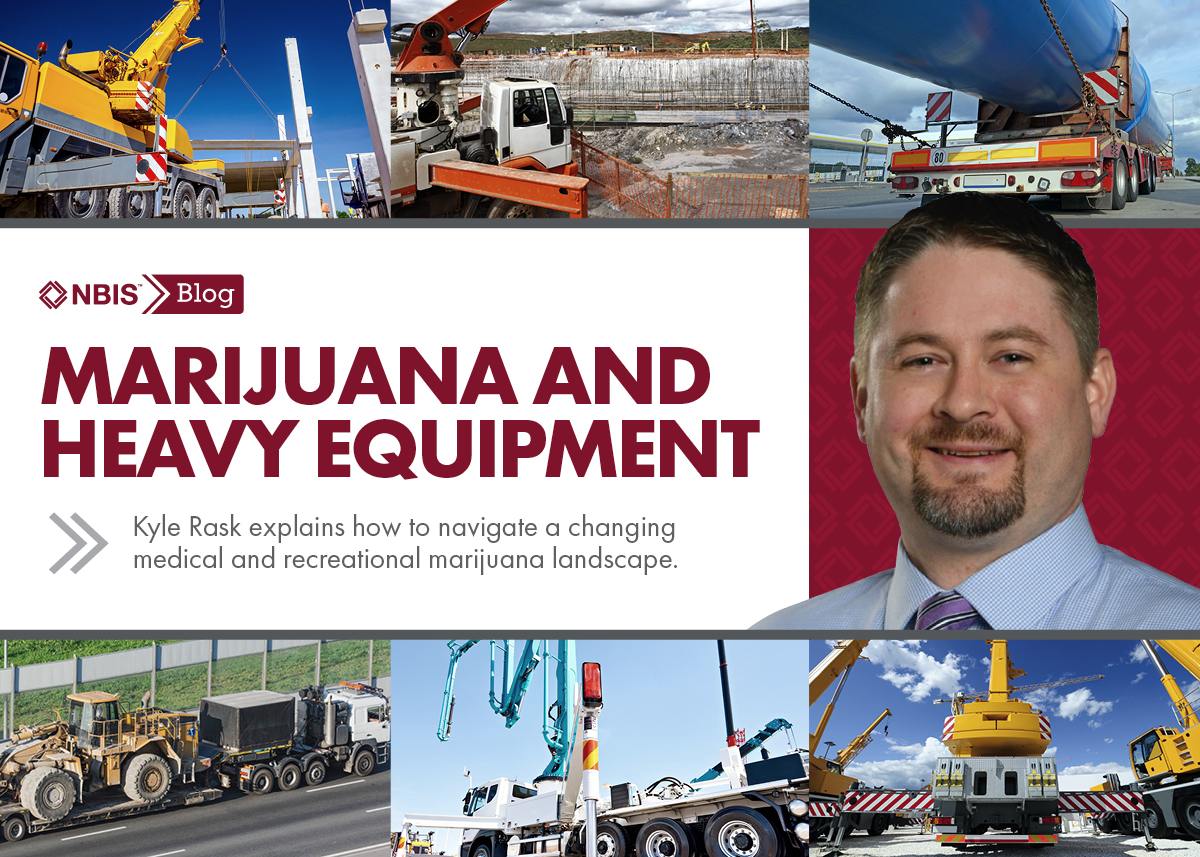In a recent article in Construction Executive, NBIS EVP of Risk Management Billy Smith said the following:
“Crane operators rarely know what is below the surface. Some believe setting up on concrete or asphalt would be safe and you may not need outrigger pads. However, it is recommended to always use outrigger pads under crane floats to distribute ground pressure just in case there is an open cavity or unseen voids.”
Smith and DICA CEO Kris Koberg were recently interviewed for Construction Executive’s article, Outrigger Pad Basics to Help Crane Users Mitigate Risks.
NBIS and DICA partnered late last year, when we brought our audiences a graphical series that easily and quickly enumerates the basics of outrigger pad setup. DICA is a leading provider of crane outrigger pads, and an excellent partner for NBIS as we strive to help our insureds avoid costly and dangerous crane accidents and mitigate risk. Read on for their five tips for correct outrigger pad setup.
Pads Aren’t Optional

Tip-overs are all too common, but they’re also largely preventable. Always use a pad, and always center your outrigger floats in the middle of the crane pad.
Solid, Flat, Level Ground Is Your Friend

As our EVP of Risk Management Billy Smith points out, you never know what the ground you’re setting up on is like beneath the surface. Crane pads shouldn’t be used over depressions or voids, and be sure to pay attention to the ground beneath them. As DICA points out, you are aiming to set up on compacted, drained, flat, and level surfaces.
Look Closely

Materials matter. Inspect everything you’re relying on to keep your crane steady and upright – including the crane pads. Check for damage like cracking, warping, and rotting. And of course, any of these signs of damage are evident, remove it from service immediately. A great best practice is to check your pads and other equipment before arriving onsite, and then once more before commencing setup.
Make Sure It Passes the Test

Before you kick your crane into gear and get it operational, use a roll or plate proof test to check ground capacity and stability. This has to be done every time – no exceptions.
Crane setup is too important to rush through. Take the time to properly set up, and remember the first part of a proper set up is using outrigger pads on every job.




